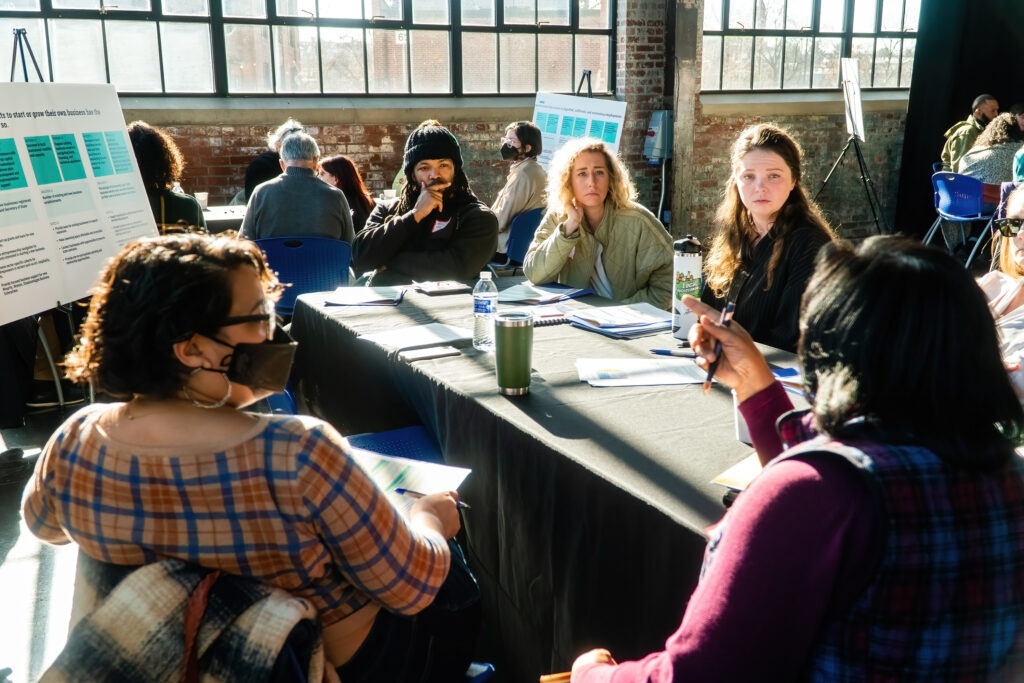By Ashley Bendiksen, Published July 11, 2024
PROVIDENCE — Across Rhode Island, fourteen “health equity zones,” or “HEZs,” are engaging residents and stakeholders to improve the social, environmental, and economic conditions of their communities. These HEZs are part of Rhode Island’s Health Equity Zone Initiative, created in 2015 under the Rhode Island Department of Public Health (RIDOH).
The program, which takes an innovative approach to public health, is now recognized as a national best practice with several states actively replicating the program. However, the McKee Administration’s fiscal year 2025 budget did not include any of the $3.5 million needed for the program’s operations – a concern for organizers and residents.
Ana Novais, Assistant Secretary of the Executive Office of Health and Human Services, is the originator of both the model and term “health equity zones.” With a lengthy background in community and minority health, it became clear to her that the disease-specific approach to health in Rhode Island wasn’t working.
[…]One of the very first HEZs in the state is Central Providence Opportunities: A Health Equity Zone, or CPO-HEZ (formerly the Olneyville HEZ). Central Providence contains approximately 70,000 residents across nine neighborhoods – just under half of the population of the city.
“It’s a diverse and vibrant area,” says Dominique Resendes, former program manager and now Associate Director of Community Infrastructure at ONE Neighborhood Builders, CPO-HEZ’s backbone organization. Within the CPO-HEZ, health equity is approached through a lens of economic opportunity. “We understand that this is central to a lot of challenges: housing affordability, displacement, food insecurity, access to quality jobs. We really want to support people with drivers of mobility and equip them with opportunities,” Resendes says.
As part of its numerous efforts, CPO-HEZ engaged in the Nine Neighborhood Fund – a participatory budgeting initiative which allows residents to decide how funds are spent. Through the HEZ, Medicaid and private matching funds resulted in an allocation of $1 million. Residents were then asked: How would you use $1 million to improve health in your neighborhood?
We collected over 300 ideas from the community,” Resendes says. “And these ideas really reflected how the health of a community isn’t just putting up a doctor’s office. It’s much bigger.” Nearly 1,200 residents voted on eight projects. Bathroom access in parks expanded, over 2,000 Brita water filters were distributed for lead concerns, and a peer mental health model was implemented to support youth. Other projects included increased shelter at bus stops, planting food-bearing trees, youth life skills classes, bike distribution, and expanding youth soccer.
“Participatory budgeting is a really good example of the HEZ work,” says Resendes. “It really highlights what resident-led, place-based change looks like.” Expanding this even further, CPO-HEZ unveiled the Central Providence Roadmap in March of 2023 – a comprehensive plan for the region defined by residents, civic leaders, and 60 community organizations.
[…]Read the full article here


